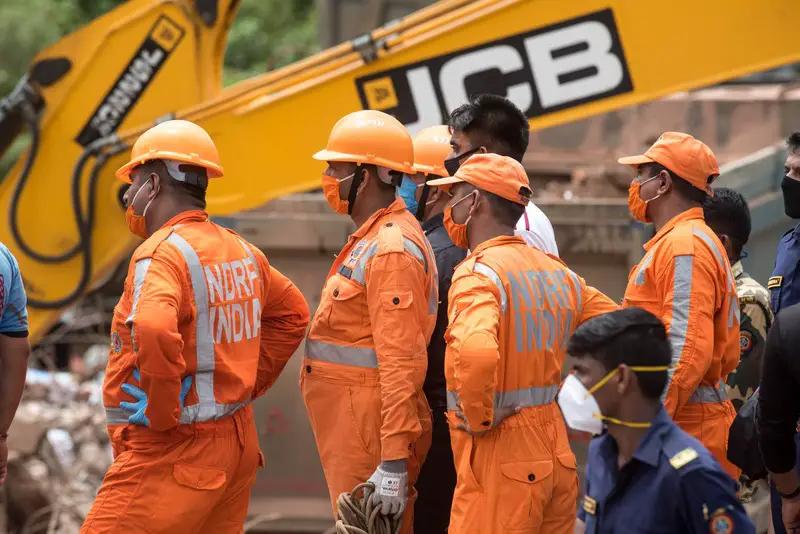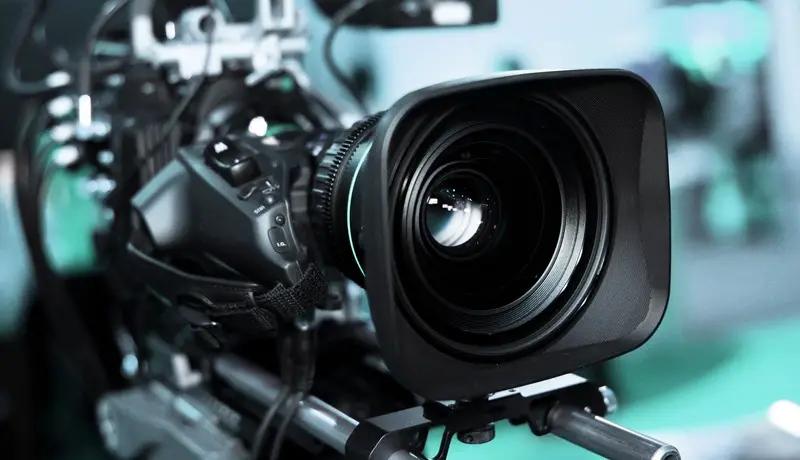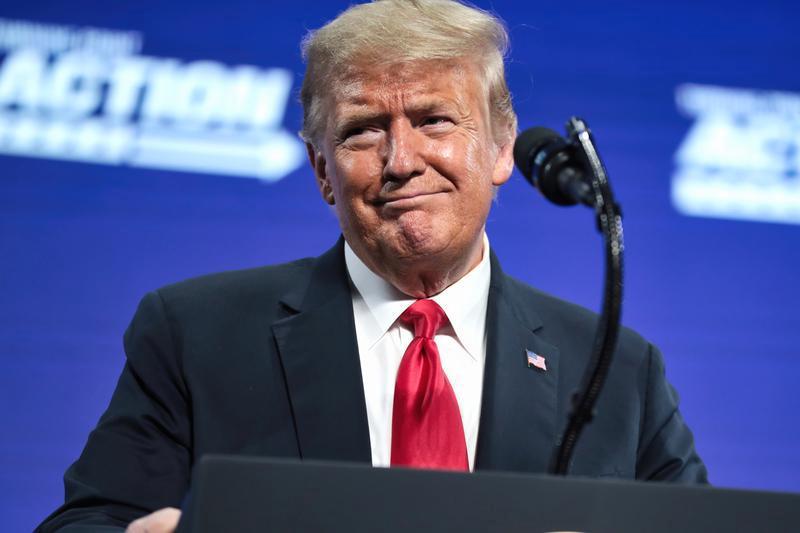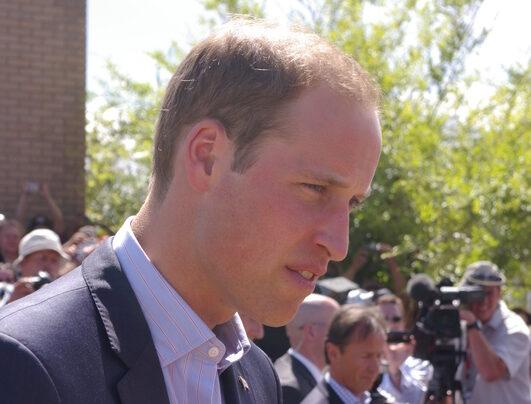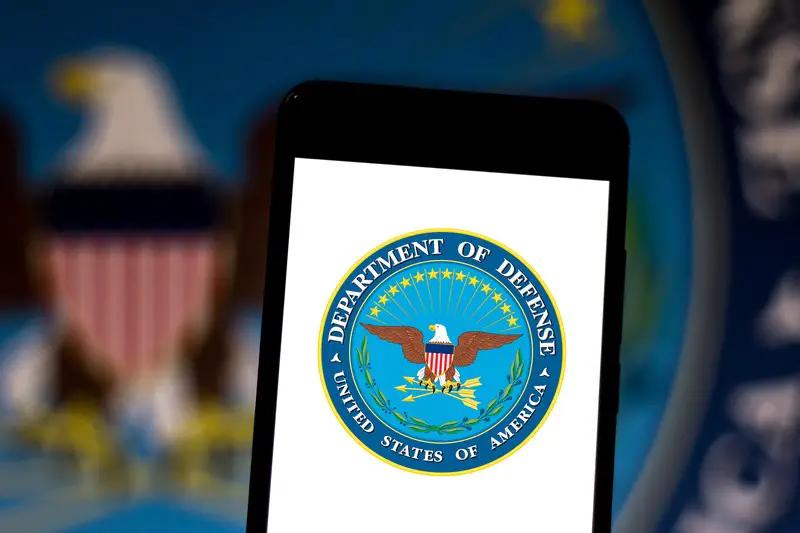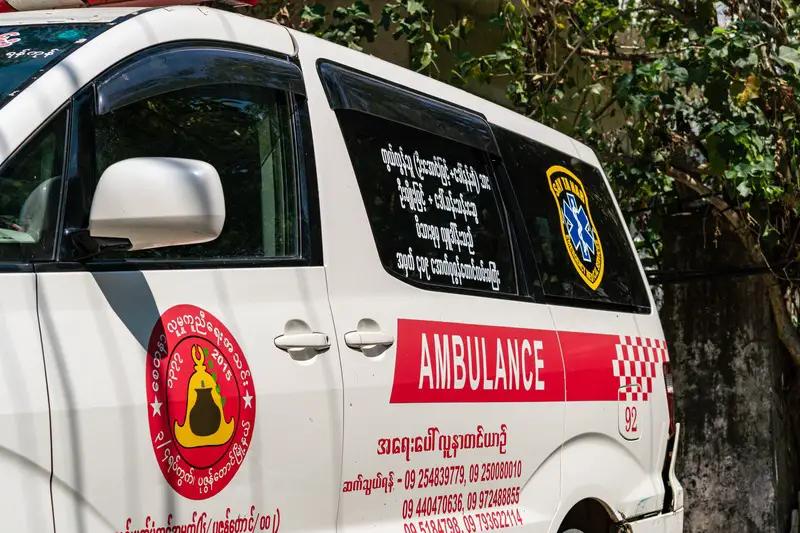The death toll from the Gambhira Bridge collapse in Gujarat’s Vadodara district has risen to 21 people, with rescue operations continuing into their third day as teams search for two individuals still missing in the Mahisagar River.
The 40-year-old bridge collapsed at approximately 7:30 a.m. on July 9, 2025, sending multiple vehicles plunging into the river below. The structure, which connected Anand and Vadodara districts and served as a key route between central Gujarat and the Saurashtra region, experienced a catastrophic failure when a 10 to 15-meter section gave way near Padra town.
At least six vehicles fell into the Mahisagar River, including two trucks, two vans, an autorickshaw, and a two-wheeler. Among the victims were members of the Padhiyar family from Dariyapura village, including Ramesh Padhiyar, his wife Vedika, and their two-year-old grandson Naitaik, who were traveling in an Eeco van with nine passengers. Only one family member, Sonal Padhiyar, survived.
Vadodara District Collector Anil Dhameliya reported that 18 bodies had been recovered by Thursday night, with efforts continuing to locate the remaining missing persons. The rescue operation involves teams from the National Disaster Response Force, State Disaster Response Force, and local agencies working under challenging conditions.
Rescue teams face significant obstacles, including muddy terrain, the presence of soda ash in the water causing irritation to divers, and a tanker containing sulfuric acid that fell into the river. Officials have taken precautions to prevent the corrosive substance from leaking while working to extract trapped vehicles from the muddy riverbed.
The bridge, constructed in 1985 with a designed lifespan of 100 years, consisted of 23 spans and measured approximately 900 meters in length. Gujarat Health Minister Rushikesh Patel indicated that maintenance work had been conducted periodically as required, with repairs completed in 2024 and pothole filling performed this year.
However, evidence has emerged suggesting officials were aware of the bridge’s deteriorating condition. A recorded phone conversation from August 2022 between social activist Lakhan Darbar and a Roads and Buildings Department officer revealed acknowledgment that the structure was unsound. The officer reportedly admitted that it “would not last long” and that repair proposals had been submitted.
Despite these warnings, no preventive action was taken over the subsequent two years. District panchayat members had also submitted multiple written requests for urgent repairs, none of which resulted in corrective measures.
Prime Minister Narendra Modi, who was on a foreign visit at the time of the incident, contacted Gujarat Chief Minister Bhupendra Patel to obtain details about the collapse. The Prime Minister announced compensation of 200,000 rupees from the PM National Relief Fund for families of the deceased and 50,000 rupees for each injured person. Patel separately announced 400,000 rupees for bereaved families from the state government.
In response to the disaster, Patel suspended four engineers from the state’s Roads and Buildings Department. He also ordered a technical investigation, forming a team comprising the Chief Engineer–Design, Chief Engineer–South Gujarat, and two private bridge construction experts to conduct a preliminary investigation and submit a report within 30 days.
A preliminary report from the investigation committee concluded that the bridge collapsed due to pedestal and articulation joint crushing, according to Minister Patel. The detailed findings are expected to provide more comprehensive information about the structural failure.
The incident represents the sixth major bridge collapse in Gujarat since 2021, including the 2022 Morbi suspension bridge disaster that killed 141 people. Other incidents have occurred in locations including Ahmedabad, Tapi district, Surendranagar district, and Banaskantha.
The collapsed bridge served as a crucial transportation link, allowing vehicles to bypass city traffic when traveling between central Gujarat and the Saurashtra region. Its failure has disrupted regional connectivity and raised questions about infrastructure maintenance and safety protocols.
Rescue operations continue with teams using specialized equipment and temporary platforms constructed from concrete mix to navigate the challenging riverbank conditions. The Indian Army provided a high-performance truck to assist in extracting heavy vehicles trapped in the muddy waters.
